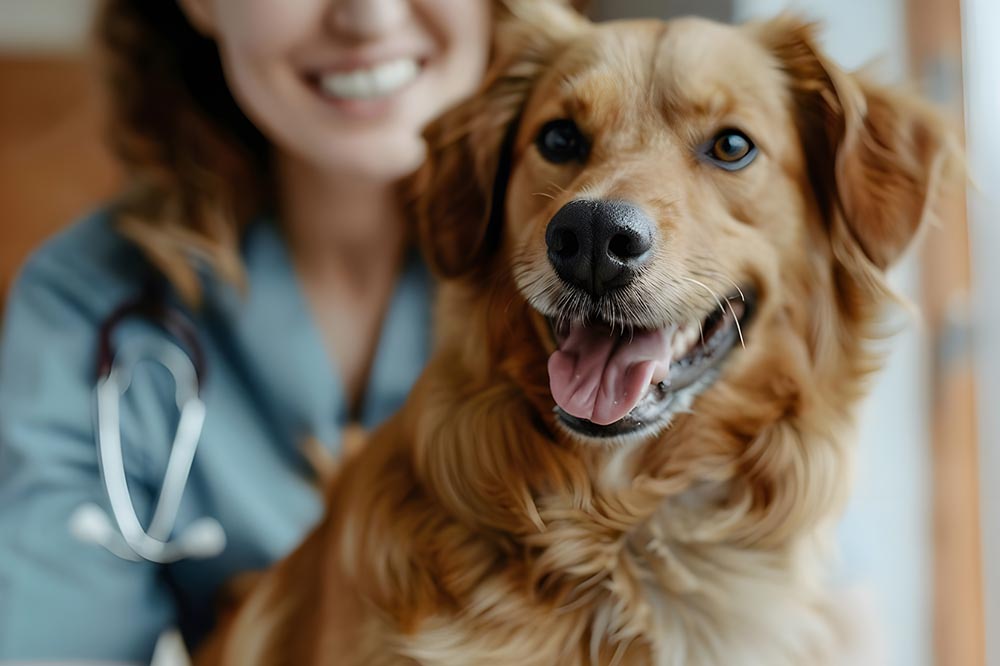A common concern that almost every pet parent experiences is finding a new growth, or mass, on their pet. Sometimes these growths can appear suddenly or they can grow slowly over time. It is always a good idea to consult your veterinarian about any new masses when you discover them.
Similar to humans, masses are categorized as cancerous (malignant) or non-cancerous (benign). Generally speaking, a veterinarian cannot look at a mass and know if it’s cancerous or not by appearances alone. Some masses have defining characteristics that may allow your veterinarian to make an educated guess, but often, diagnostics are needed to help differentiate the type of tumor.
Fine Needle Aspiration (FNA)
There are several different types of diagnostics your veterinarian may perform. A fine needle aspirate (FNA), also called a needle biopsy, is a quick non-invasive test that can be performed during an exam. It involves using a needle to gather a few cells from the mass to look at it under a microscope. FNA can diagnose common tumors such as lipomas (fatty tumors), cysts and even cancerous ones known as mast cells tumors.
Biopsies
If a FNA is not diagnostic, your veterinarian may recommend another diagnostic known as a biopsy, A biopsy is done by removing a piece of the mass or removing the mass in its entirety. This procedure is commonly performed under general anesthesia but can sometimes be performed with local anesthetic.
When taking biopsies, it is highly recommended to send the samples to a histopathology lab where a trained veterinary pathologist will examine the samples. These results will assist your veterinarian in determining what the mass is and what should be done next for the comfort and care of your pet.
Here at Paws For A Cause Vet Care, we are looking forward to offering this service to our clients in the near future. Please stay tuned for further information about how we can help your beloved pets.
